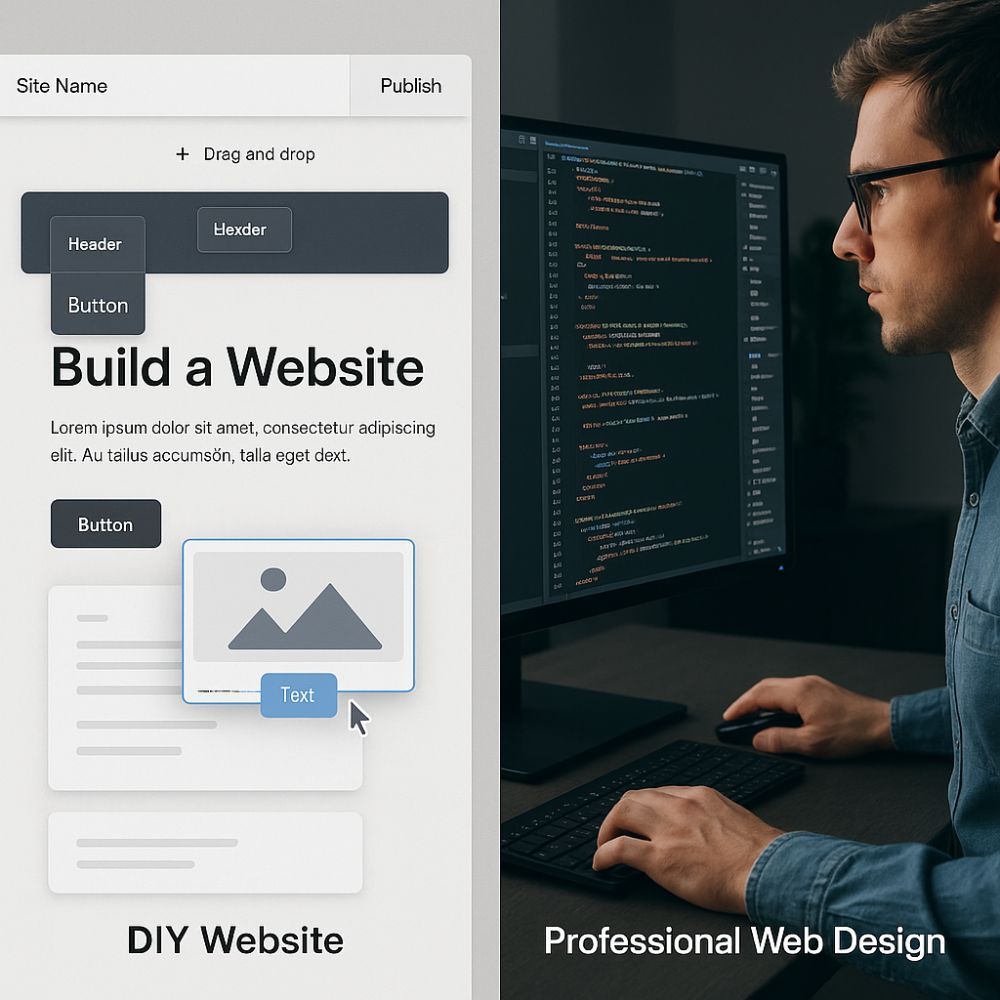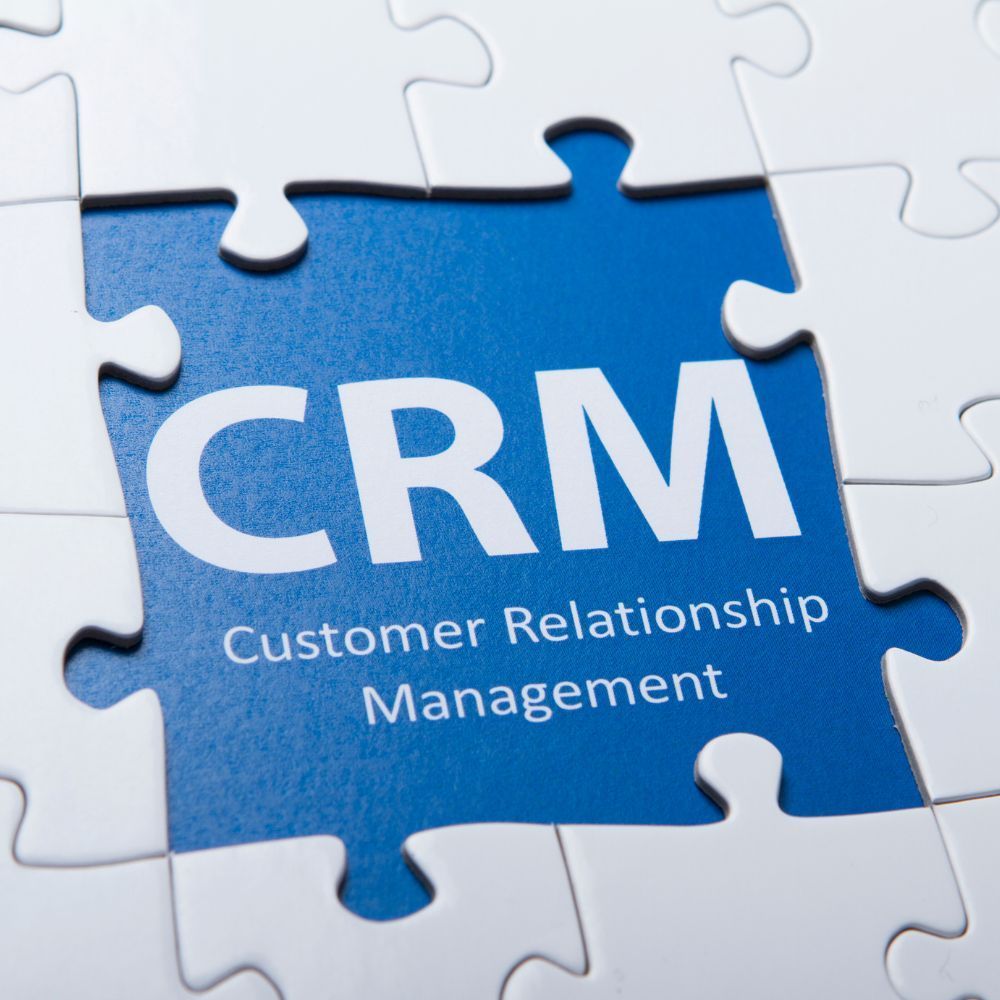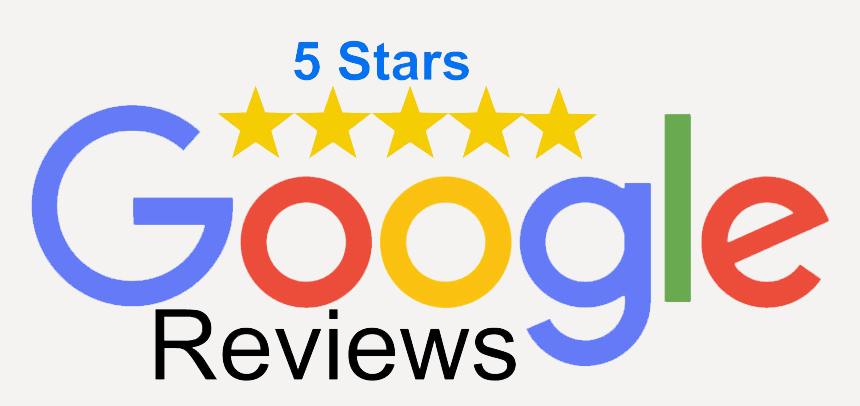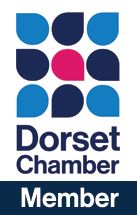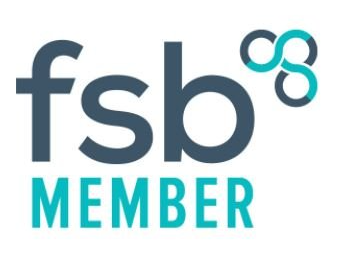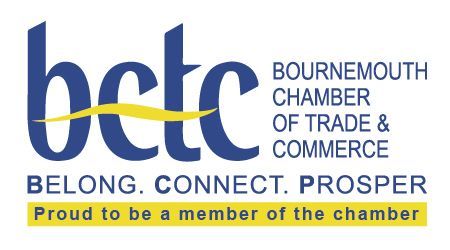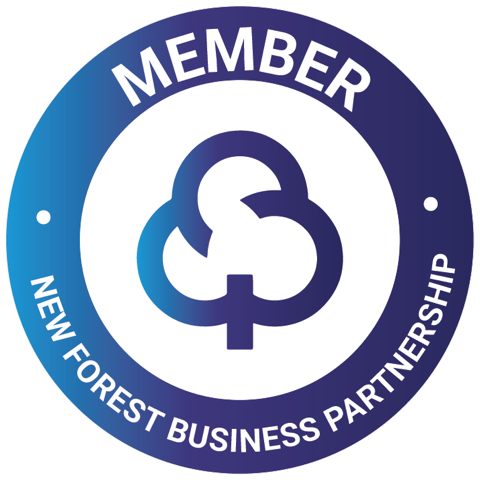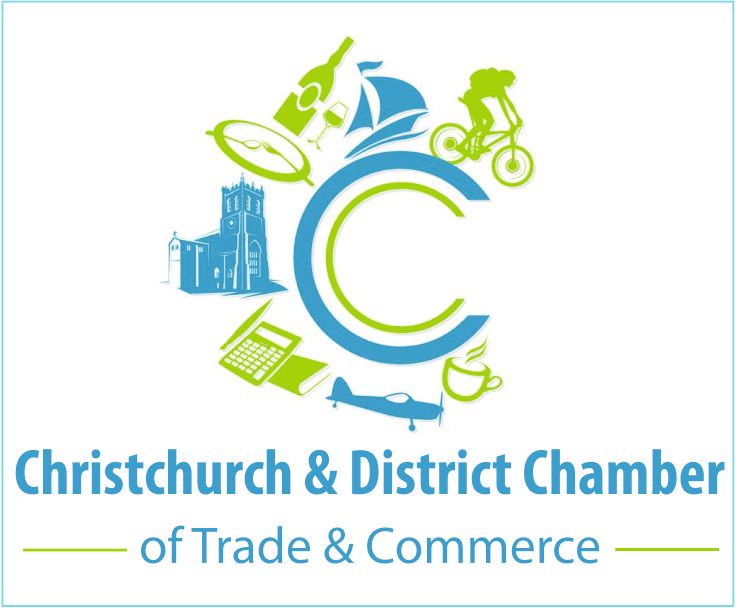6 Top Tips for Writing Great Content
Jon Richardson • February 6, 2021
Capture & Keep Your Audience's Attention

With around 400 million websites in existence, the Internet is a crowded space and we are all competing for the attention of all of those prospective customers. There are many different factors to take into account in gaining (and keeping) the attention of your intended audience, design, SEO visitor experience, speed
Good website writing is the key to beating these statistics. Well-written content that’s optimized for the web rises to the top of search results and holds readers’ attention.
Know your audience
It sounds obvious, but many people write for themselves and forget that their customers may be very different. Before you start writing, build some customer avatars identifying who your ideal customer is, what are their preferences, how do they consume information, etc.
For example, say you’re creating a website for an accountant. Your main audience might be existing clients. However, your secondary audience is much wider and could include not just prospective customers but other professionals and industry bodies, etc
Research and use keywords and phrases
Your content could be extremely well-written, engaging, and informative, but if it’s not optimized for search engines, chances are few people will find it. What search terms will your intended audience use and include them throughout the text and especially in headlines and sub-headers.
Be Specific
Limit your use of generalities and high-level statements. Be specific and use real-world examples. This helps the reader to understand your messages. Consider these two descriptions:
We cook the best food in the UK.
Or
We use only the freshest and highest quality ingredients in our food.
Our Chefs are all professionally trained with a minimum of 10 years of experience. This ensures that your meal will be of the highest standard.
Which version gives you more confidence in the accuracy of the statement? Specific details add weight to your claims. A word of warning; don’t go overboard and start bragging as that will also alienate your audience.
Descriptive information also helps your website’s search engine optimisation (SEO) and makes your website easier to find on the internet
Ensure it follows a logical path
We all have a short attention span when we are browsing and we tend to make a decision whether to read content in just a few seconds. Start with the most important details first and gradually drill down into the detail but don’t go into the minutiae.
Then, gradually drill down to the more specific, supporting information. End with tangential details.
For example, say you’re creating a webpage about a sporting event. The most important details are the type of event, location, and date. These should all appear at the beginning and possibly in bold. Details such as cost of tickets, parking arrangements, facilities, etc would come next. Terms and conditions can be included as a download rather than in the main body.
Keep it short and simple
Flowery or technical language may appeal to some but not to the masses. If people have to think about what your meaning is, they probably won’t make the effort. Don’t use words like “obfuscate” when “confuse” will do. You may get away with it once or twice but any more than that will alienate your reader.
Do not use jargon, talk in everyday language. You may think it makes you sound intelligent and authoritative but in most cases the opposite is true.
Use positive active language
Use active rather than passive language and speak directly to the reader. For example, rather than writing “Products can be ordered on our website,” use “You can order products on our in our online shop.”
This creates succinct, easy to read sentences. It’s also much more direct and requires less thought on behalf of the reader.
Don't give everything away
The ultimate goal of most websites is to get the reader to take an action, purchase a product, book an appointment or contact you for example.
If you give everything away on your website they won't be incentivised to do so. You need to give them enough to pique their interest but leave them wanting more.
Have strong calls to action throughout your website and make it easy for them to take that action. Rather than just saying "get in touch", have a 'click-to-call button that will open up the readers phone (assuming they are on a mobile) or Contact Us button that opens the readers email client and populates the 'To ' field.
Conclusion
Writing content is easy, writing good content is hard and writing great content is an art form. However, remember your website isn't carved in stone you can (and should) revisit the content and change it to update and improve it.





